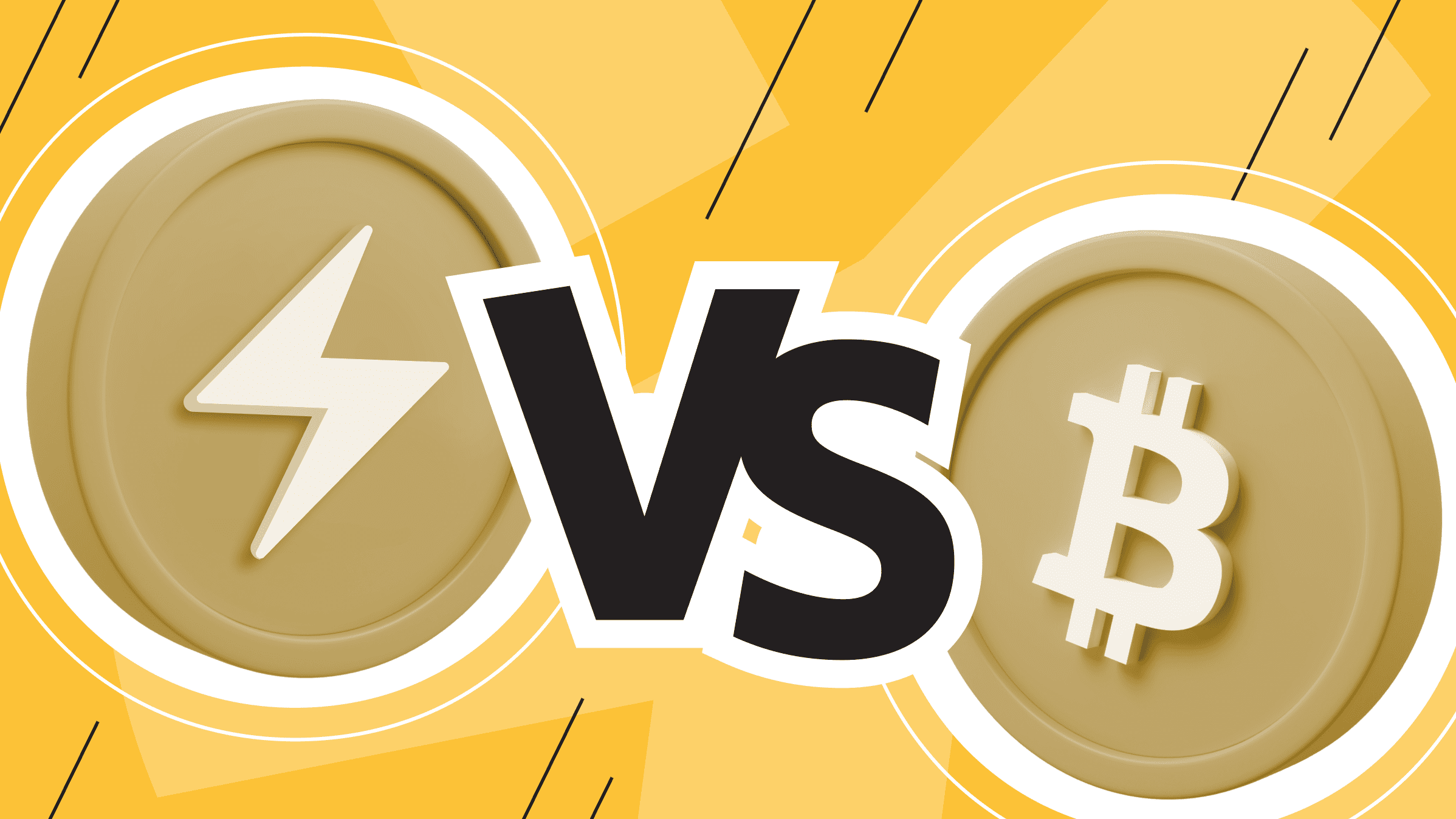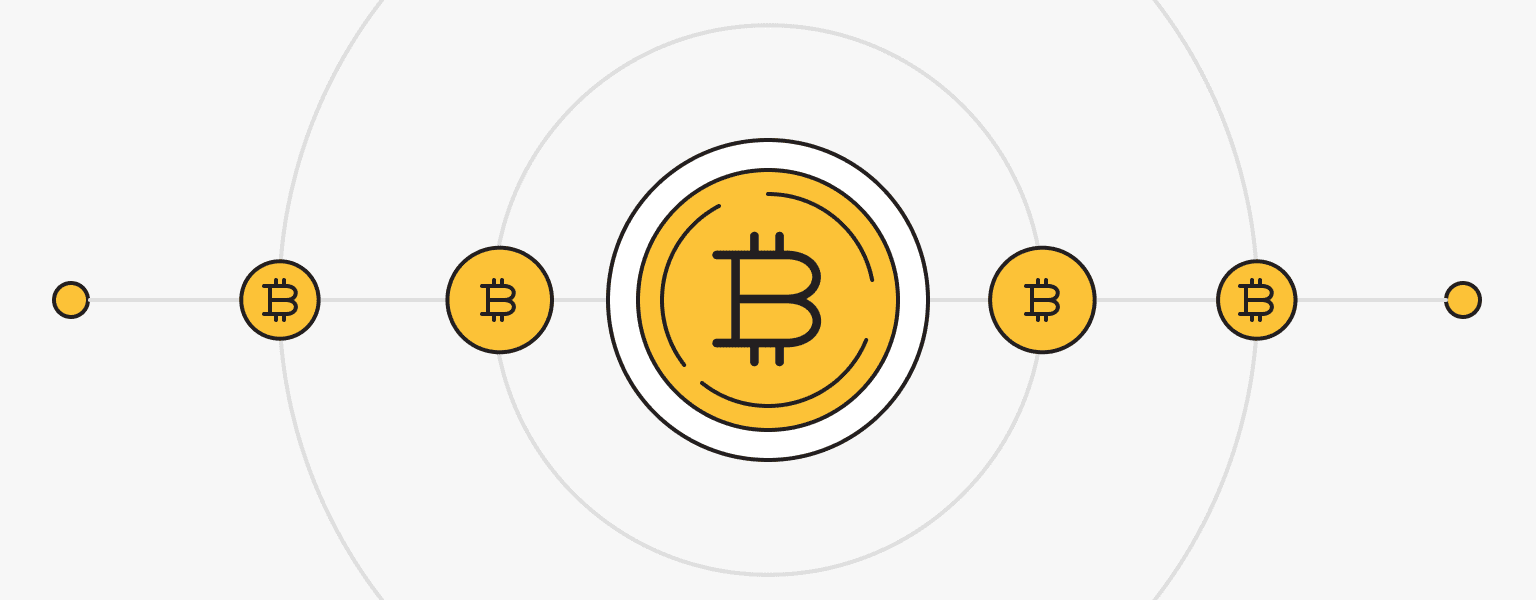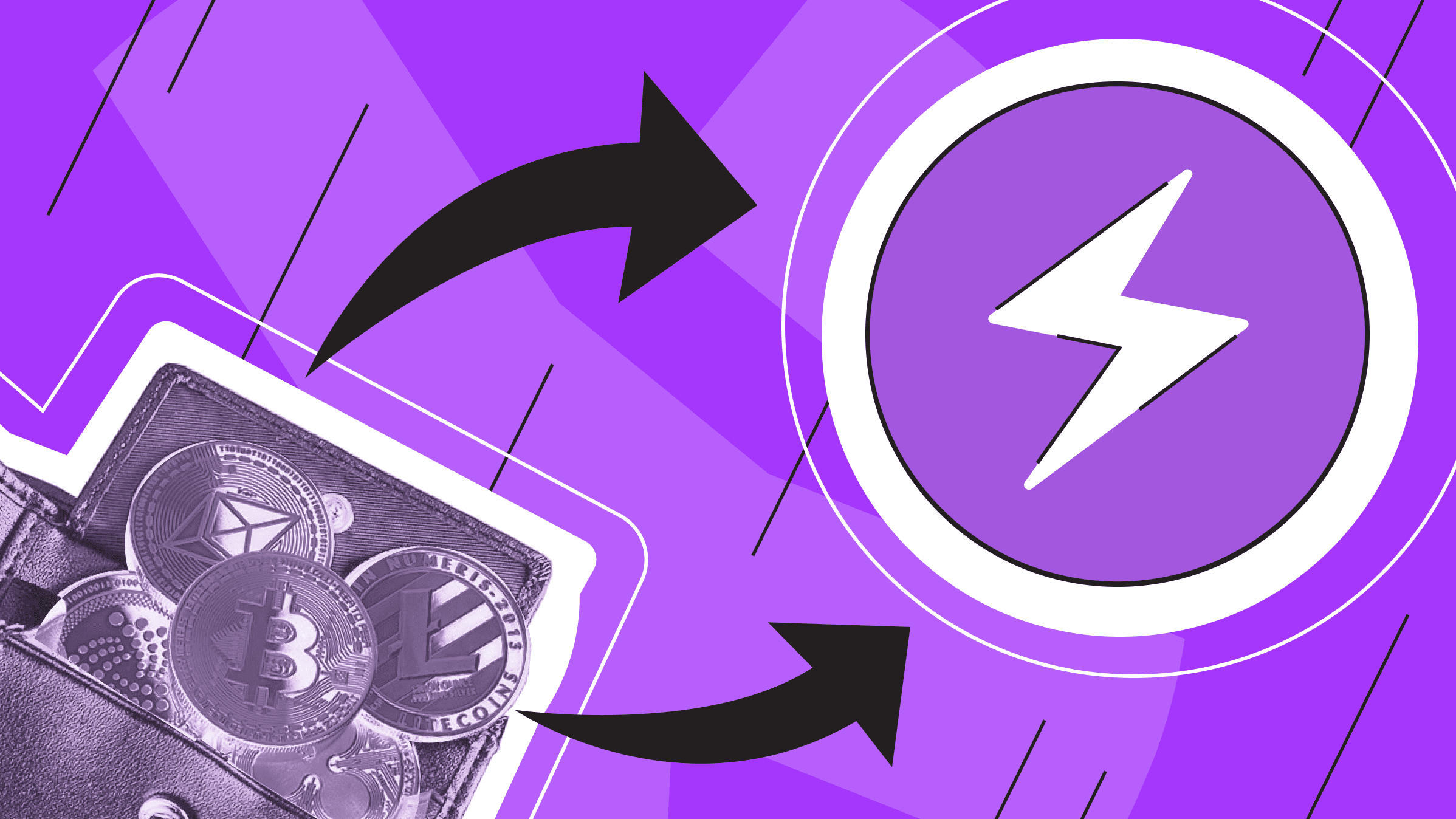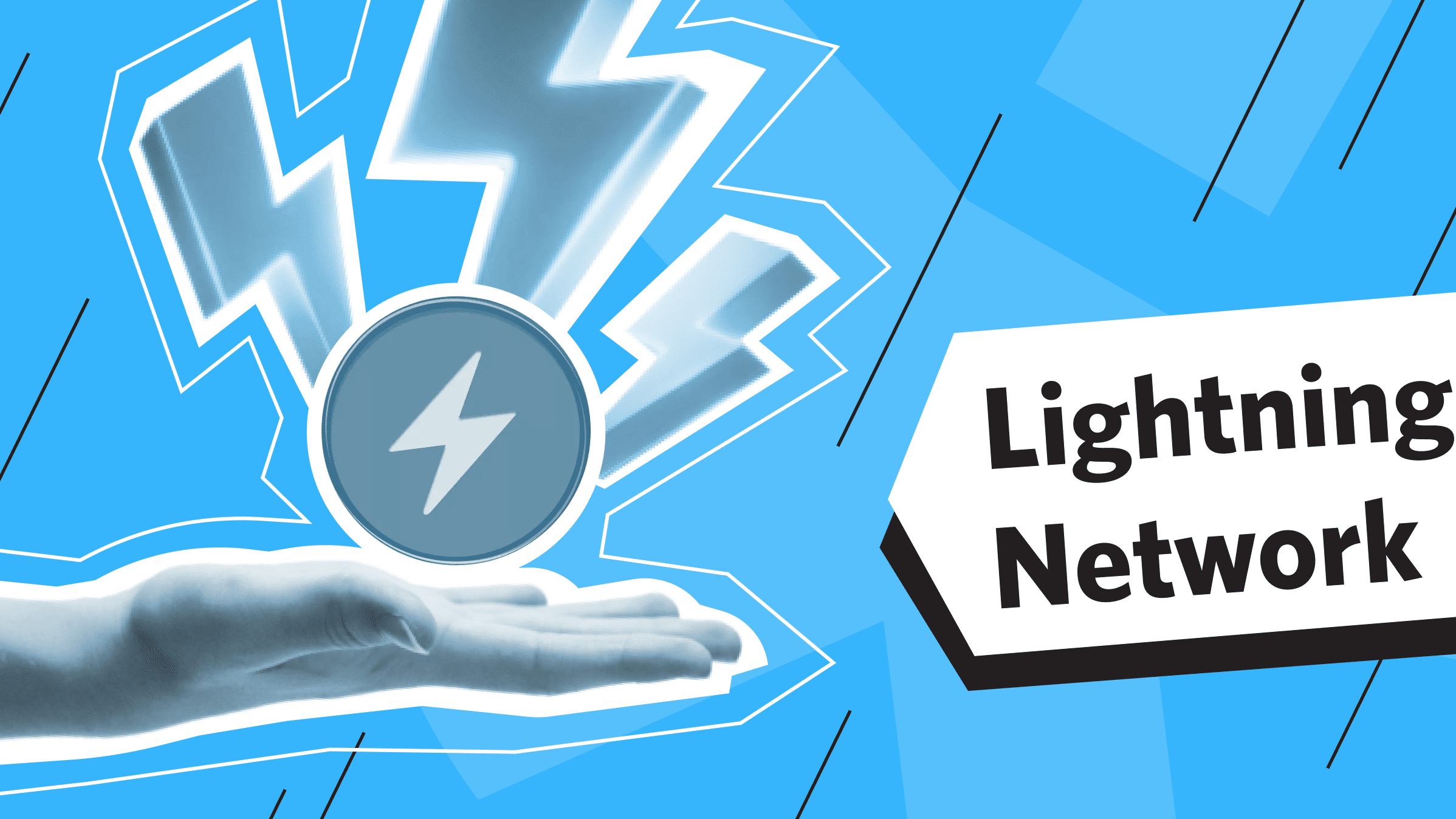
Bitcoin is a pioneer digital currency that first implemented the concept of decentralized cryptocurrency. It enabled the creation of a fully electronic payment system without intermediaries. However, as the Bitcoin network grew in size, it began to experience performance issues.
The second layer, the Lightning Network, was designed to address Bitcoin's scalability issues. It enables instant micropayments with minimal fees outside the main blockchain.
What is the Bitcoin Network?

Bitcoin Network history
The Bitcoin network was created in 2008 by an anonymous individual or group of individuals under the pseudonym Satoshi Nakamoto. In 2009, the first block of the Bitcoin blockchain, known as the Genesis block, was mined. These events marked the beginning of the Bitcoin network and its development.
Over the years, the Bitcoin network has experienced significant growth and development. It has attracted the attention of investors, businesses, and individuals worldwide. As a cryptocurrency, Bitcoin has been characterized by both periods of rapid price growth and market volatility. Despite this, Bitcoin remains the most widely known and largest cryptocurrency globally.
Some of the key advantages of the Bitcoin network include the following:
- Decentralized peer-to-peer network with no single point of failure or control.
- Secure cryptographic protocols, such as proof-of-work mining, provide security without requiring trust in central authorities. For example, proof-of-work requires miners to expend computing power to solve cryptographic puzzles and find a valid hash for blocks.
- A transparent and immutable ledger (blockchain) allows anyone to independently confirm transactions without intermediaries. Miners operate independently but follow the same rules.
- Thanks to anonymity, users do not have to disclose their personal data, which increases the confidentiality of financial transactions.
- Global reach enables transactions between any two users worldwide, as long as there is an Internet connection.
- Programmable smart contracts enable the creation of decentralized, network-based applications.
- An immutable and verifiably limited supply of 21 million bitcoins ensures that the currency will never be devalued by inflation. However, some are willing to argue this.
- Low transaction fees compared to alternatives such as bank transfers allow micropayments (e.g. 0.0000001 bitcoins).
- Resistance to censorship provides an alternative for citizens of countries with capital controls or inflation concerns.
More details about all the components of the Bitcoin network and the principle of operation are stated in the article "Why Has Bitcoin Value: Details on the Creation of the largest cryptocurrency and Why is Bitcoin so popular in the modern world".
Security measures

Bitcoin uses a number of security measures to protect the network and user funds. These include cryptographic encryption, PoW, and private keys.
The very concept of decentralization makes the network more resistant to censorship and attack. An added benefit for those looking for an alternative to their country's existing financial system is the anonymity and security of transactions. The largest hash mining pools currently control less than 50% of the capacity, making a 51% attack impractical and costly due to the resources required.
Therefore, cryptographic algorithms are used to protect transactions and their owners. Public key cryptography is used to verify transactions, and digital signatures are used to ensure the authenticity of transactions. Without a digital signature, it is impossible to perform a transaction. And when the multi-signature feature is enabled, multiple users are required to confirm the transaction. This increases both the awareness of the spending and receiving of cryptocurrency and the security of payments.
Bitcoin's consensus mechanism, known as PoW, requires network participants (miners) to solve complex mathematical problems to validate transactions and add them to the blockchain. This process ensures that only legitimate transactions are added to the ledger, preventing double-dipping, which is often experienced by senders and receivers of electronic payments.
When accessing digital assets, users control their funds using private keys, which are essentially cryptographic codes. These keys are used to sign transactions and confirm ownership. An important rule for all cryptocurrency owners: Losing a private key means losing all digital funds.
You can use hot or cold wallets to store your keys. The main difference is the ability to connect to the Internet. Hot wallets are usually free and can be easily installed on a smartphone, for example. They are always online, which makes them more vulnerable to hackers. However, being constantly connected to the internet allows you to make payments quickly. Cold wallets, or hardware wallets, only access the internet, and therefore the blockchain, when the transaction is directly in progress. The rest of the time, it is protected from online hackers. Why are cold wallets better than hot wallets?
Scalability issues
The Bitcoin protocol had a block size limit of 1MB, which resulted in a limited number of transactions being processed in that block. As a result of this issue, there are higher transaction fees and delays during periods of increased user activity on the network.
While scalability remains an ongoing topic of discussion in the Bitcoin community, options have been proposed and implemented that do not violate the principles of the Bitcoin network but do solve the problem.
One idea is to increase the block size, which could disrupt the system's centralizing capacity. In terms of blocks, SegWit was implemented to separate transaction signatures from transaction data, thus increasing the block footprint.
However, the most successful proposal to solve the scalability problem was the Lightning network. Thanks to it, Lightning wallets, which are not inferior to traditional ones, soon appeared.
Lightning Network: the second layer solution

Lightning Network concept
Lightning Network is a Layer 2 scaling solution built on and for the Bitcoin blockchain. The network (first mentioned in 2016) is designed to address the scalability limitations of the Bitcoin network by enabling faster, cheaper off-chain transactions. It is a network of payment channels that allows users to conduct multiple transactions without writing each transaction to the blockchain.
For more information, see the article "Lightning Network: Key Concepts and Operation Principles". In the article, you will find detailed information about the hashed timelock contract, multi-hop payments, routing, and network topology.
Channels and payments
The Lightning Network establishes payment channels between participants. These channels are off-chain tunnels through which users can send and receive funds instantly and privately. A channel is opened by creating a multi-signature transaction on the Bitcoin blockchain that allocates a certain amount of funds to the channel. What makes the Lightning Network unique is that only the first and last transactions are recorded on the Bitcoin blockchain, and the final balance of the network participants is taken into account.
Let’s talk briefly about making payments in the Lightning Network. The process can be described in the following steps:
- A payment channel is opened by creating and sending an on-chain Bitcoin transaction that commits funds between two parties on the network.
- Once the transaction is confirmed with the committed funds, the channel becomes open and can be used for offline transactions.
- To send cryptocurrency, the payer creates and signs a new transaction that specifies the amount to be paid to the recipient.
- The confirmed transaction is sent to the recipient over the peer-to-peer protocol, updating the recipient's balance.
- The process is repeated for all subsequent transactions until deciding to close the channel.
- When the channel is closed, the data from the last transaction is sent to the blockchain, which records the final balance.
Transaction speed and cost

Transactions on the Lightning Network are nearly instantaneous because they take place off-chain within established payment channels.
The cost of such transactions is usually lower compared to payments on the Bitcoin network. On the Lightning Network, transaction fees are typically minimal due to the lack of a requirement for miners to confirm transactions and incorporate them into the Bitcoin blockchain.
In addition, Lightning Network transactions are not subject to the congestion and block size limitations that exist on the main Bitcoin blockchain. As a result, users can send multiple transactions within a single payment channel without incurring additional fees for each transaction.
Privacy considerations
The Lightning Network provides enhanced privacy compared to on-chain transactions. Because most transactions are off-chain and not recorded on the blockchain, they do not reveal specific information about the participants in the channels or the payment amounts.
This provides an additional layer of privacy for Lightning Network users. It should be noted, however, that privacy on the Lightning Network is not absolute. For example, some methods of analyzing the network may reveal patterns and correlations that could subsequently compromise privacy.
How to invest and make money with Lightning Network?
Difference between Bitcoin network and Lightning network
|
Criterion |
Bitcoin Network |
Lightning Network |
|
Transactions |
Transactions are on-chain and require miner confirmation, which increases overall payment processing time. |
Transactions take place off-chain in dedicated payment channels, making them almost instantaneous. |
|
Scalability |
Limited scalability due to block size and transaction rate limitations. It can only process a limited number of transactions per second. |
Improves scalability by performing transactions outside the Bitcoin chain. Allows more transactions to be processed with minimal load. |
|
Fees |
Transaction fees vary based on network load and transaction priority. Transaction fees may be higher during periods of high network activity. |
Compared to Bitcoin network transactions, Lightning Network fees are generally lower. |
|
Security and decentralization |
A decentralized mining network is used to validate and secure transactions. Transactions are recorded on a decentralized blockchain. |
Leverages the security principles of the Bitcoin network. The Lightning Network provides an additional layer of security through multi-signature channels and cryptographic protocols. |
Practical application of networks

When should the Bitcoin network be used?
- High-value transactions. The Bitcoin Network is suitable for large transactions where payment security and finality are critical. When dealing with large amounts, the Bitcoin Network ensures that transactions are recorded on the blockchain and that the decentralized mining network is completely secure.
- No transaction speed requirements. If you need to settle transactions or payments that do not require immediate speed, the Bitcoin Network provides a reliable and globally recognized settlement mechanism.
- Reluctance to migrate to the Lightning network. This may also be a reason to specifically use the Bitcoin Network as a clear and familiar way to deal with cryptocurrency assets.
What is the purpose of the Lightning Network? You may use this network for the following reasons:
- Small and frequent payments, such as in-store purchases, microtransactions, etc.
- Speed and minimal fees take precedence over complete security.
- Both parties have Lightning wallets/apps and an open communication channel.
- Recurring or scheduled payments between the same parties.
- Large payment volumes.
The Lightning Network vs. The Bitcoin Network: Development and the future

The Lightning and Bitcoin Network have been modified several times during their existence to meet user demands and security requirements. Nevertheless, the successful implementation of both networks and their popularity among digital asset owners implies their further development.
The Lightning Network will certainly continue to grow in capacity and number of nodes around the world as the number of users who need a fast and inexpensive transaction process increases. The network's success also implies the gradual introduction of functionality into an increasing number of wallets, exchanges, and payment processors.
Of course, The Lightning Network still has some shortcomings in security and scalability, which provide future vectors for development. Lightning Network users can expect further improvements in routing efficiency, new channel types and usability, provisioning large volumes of micropayments, new applications, etc.
Potential updates to the base layer protocol through soft forks such as taproot and signature aggregation, growth in hash rate and number of nodes, and continued development of the layered infrastructure around Bitcoin, such as vaults, exchanges, and other innovations, may await the Bitcoin network.
In general, the principles of decentralization are increasingly being embraced and demanded by people worldwide. Some see it as the technology of the future, allowing people to move away from centralized, controlling financial institutions and give themselves more freedom. But as with any groundbreaking technology, there will always be opponents.
VPS
Choose the suitable configuration and enjoy all the benefits of a virtual private server.
From $4.99/moDedicated Server
Smooth operation, high performance, and user-friendly setup - it's all there for you.
From $9.99/mo

